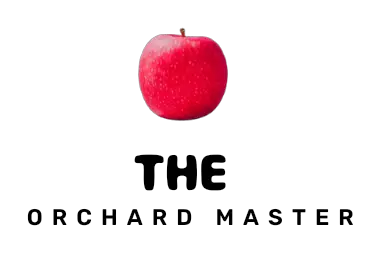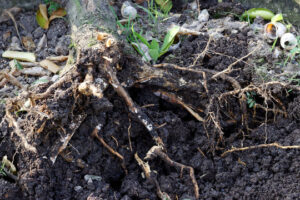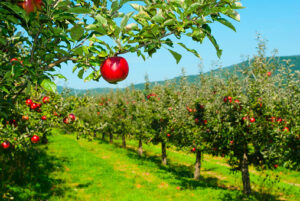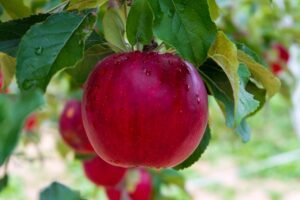What are Plant Growth Regulators and How Do They Work?
Plant growth regulators (PGRs) are chemical substances that can influence the growth and development of plants. They can either be natural compounds produced by plants themselves, or synthetic compounds that mimic the effects of natural hormones. PGRs can have various effects on plants, such as stimulating or inhibiting cell division, elongation, differentiation, flowering, fruiting, senescence, and stress responses.
Types of Plant Growth Regulators
There are five major groups of PGRs based on their chemical structure and function:
- Auxins are the first discovered and most widely studied PGRs. They are mainly involved in cell elongation, apical dominance, tropisms, root initiation, and fruit development. Some common auxins are indole-3-acetic acid (IAA), indole-3-butyric acid (IBA), and naphthaleneacetic acid (NAA).
- Gibberellins are a large family of PGRs that regulate stem elongation, seed germination, flowering, and fruit set. They also counteract the effects of abscisic acid (ABA), which is a stress hormone. Some common gibberellins are gibberellic acid (GA3), GA4, and GA7.
- Cytokinins are PGRs that promote cell division, delay senescence, and enhance chlorophyll synthesis. They also interact with auxins to control the balance between shoot and root growth. Some common cytokinins are zeatin, kinetin, and benzyladenine (BA).
- Ethylene is a gaseous PGR that is involved in ripening, senescence, abscission, and stress responses. It also regulates the expression of other PGRs. Ethylene is produced by plants from methionine, and its synthesis can be stimulated by wounding, drought, flooding, or infection.
- Abscisic acid (ABA) is a PGR that acts as a stress hormone. It inhibits growth, induces dormancy, closes stomata, and enhances tolerance to drought, cold, and salinity. ABA is synthesized from carotenoids in plastids, and its levels increase under unfavorable conditions.
Applications of Plant Growth Regulators
PGRs have many applications in agriculture, horticulture, forestry, and biotechnology. Some examples are:
- Enhancing crop yield and quality by manipulating the timing and duration of flowering, fruiting, ripening, and senescence. For instance, applying gibberellins can increase the size and number of fruits in grapes and citrus; applying auxins can prevent fruit drop in apples and pears; applying ethylene can induce uniform ripening in bananas and tomatoes; applying cytokinins can delay leaf yellowing in lettuce and cabbage.
- Improving plant propagation by inducing rooting in cuttings or tissue culture. For instance, applying IBA or NAA can stimulate root formation in ornamental plants; applying cytokinins can promote shoot multiplication in vitro.
- Controlling plant growth by reducing or enhancing stem elongation or branching. For instance, applying cycocel (a synthetic inhibitor of gibberellin biosynthesis) can reduce lodging in cereals; applying benzyladenine (a synthetic cytokinin) can increase branching in roses and chrysanthemums.
- Modifying plant morphology by altering the shape or color of leaves or flowers. For instance, applying silver thiosulfate (a blocker of ethylene action) can prevent petal abscission in carnations; applying paclobutrazol (another inhibitor of gibberellin biosynthesis) can dwarf poinsettias.
Conclusion
Plant growth regulators are powerful tools that can manipulate the growth and development of plants. They can be used to improve crop production, enhance ornamental value, or create novel traits. However, they also have potential risks and limitations that need to be considered before using them. For example, PGRs may have undesirable side effects on non-target plants or animals; they may not be effective under certain environmental conditions; they may require careful timing and dosage to achieve optimal results; they may be regulated by laws or policies that vary by country or region.
Therefore, it is important to understand the mode of action, benefits, drawbacks,
and regulations of PGRs before applying them to plants.
Source:
(1) Plant Growth Regulators – Types & its Role in Plant Growth – BYJU’S. https://byjus.com/biology/plant-growth-regulators/.
(2) Plant hormone – Wikipedia. https://en.wikipedia.org/wiki/Plant_hormone.
(3) How hormones and growth regulators affect your plants. https://extension.oregonstate.edu/gardening/techniques/how-hormones-growth-regulators-affect-your-plants.
(4) Plant Growth Regulators | Cornell Turfgrass Program. https://turf.cals.cornell.edu/pests-and-weeds/plant-growth-regulators/.



